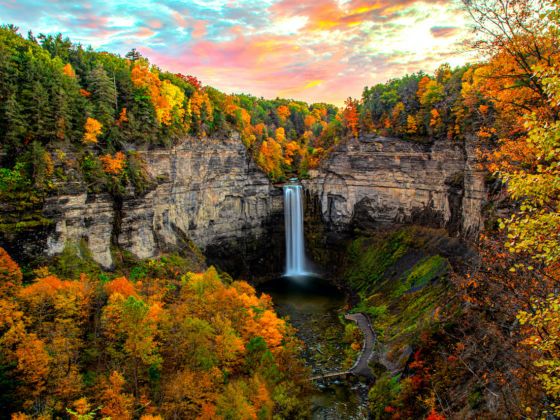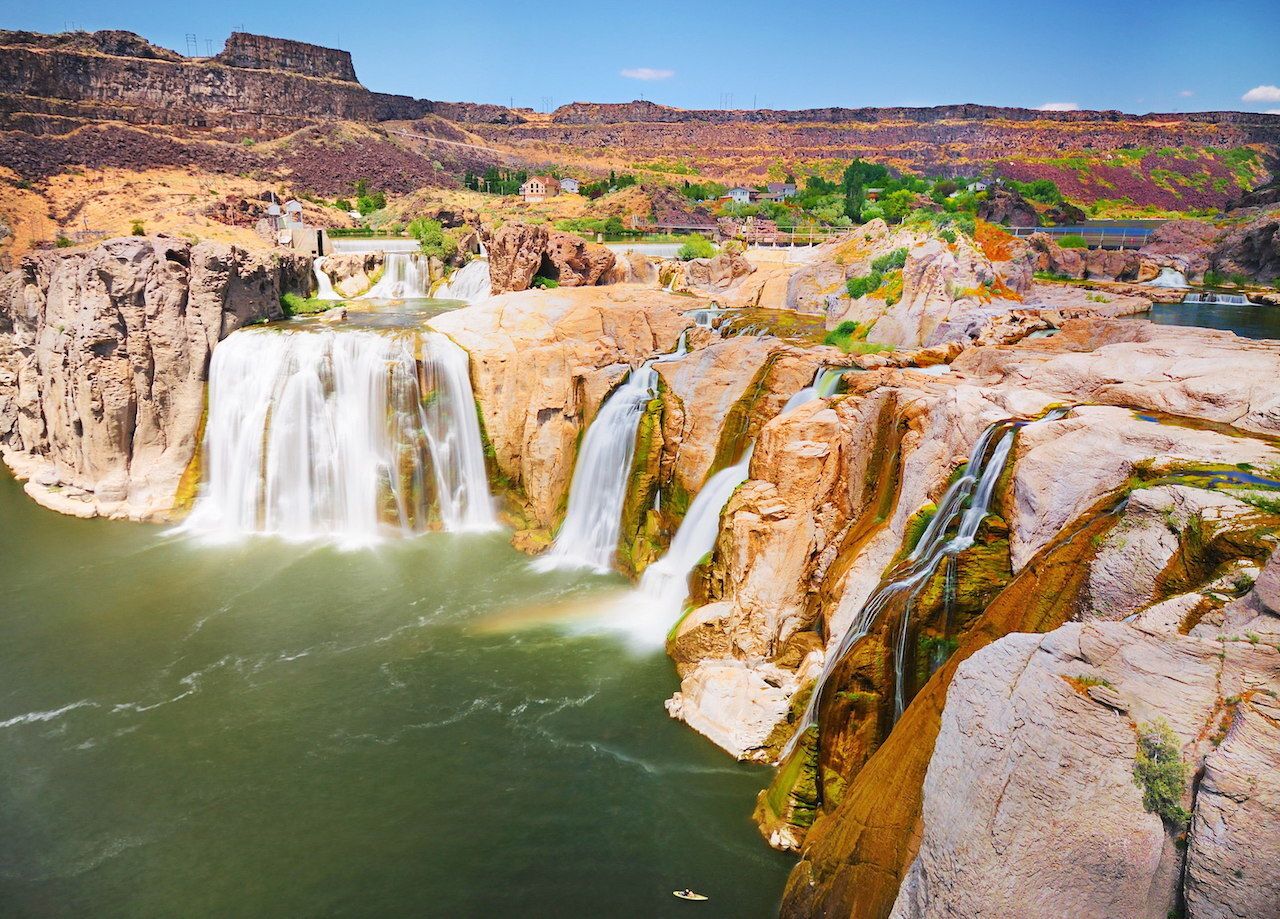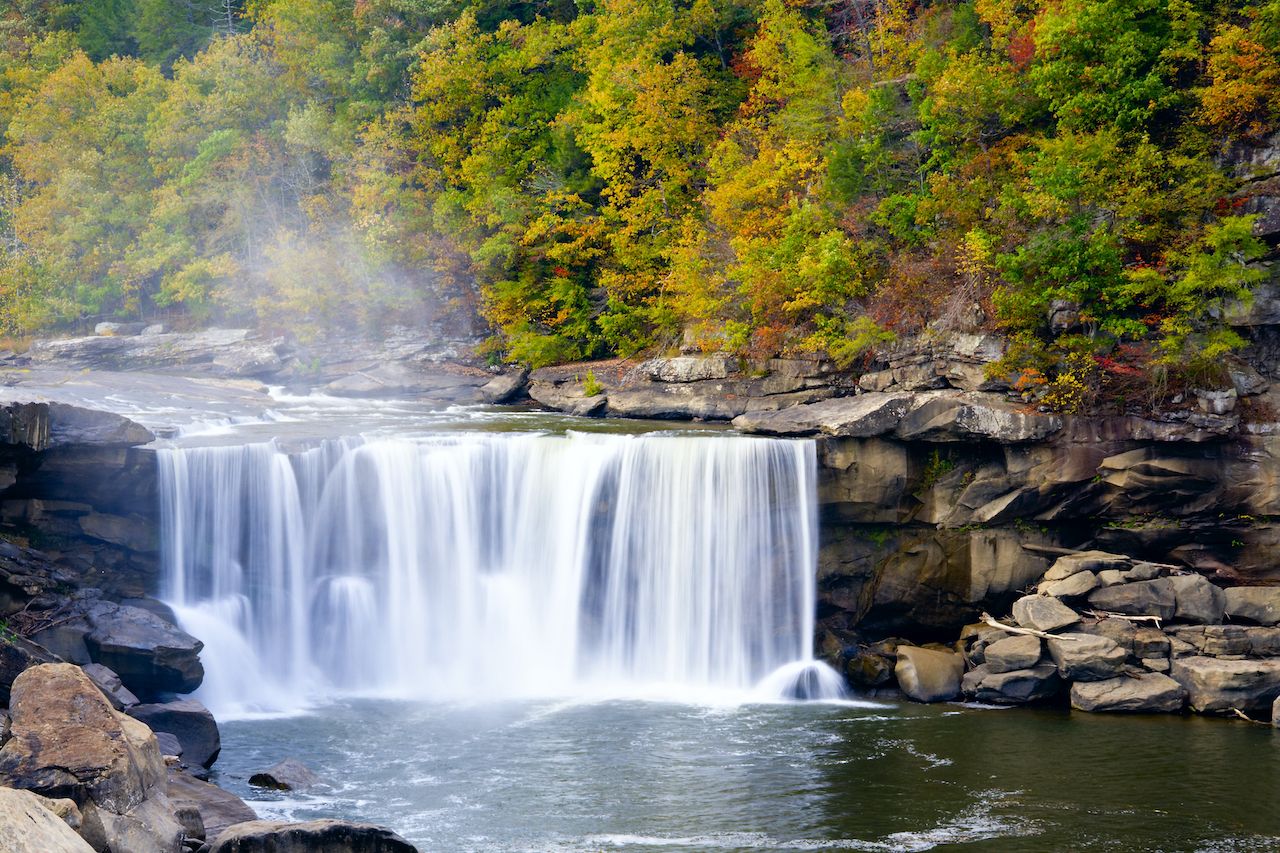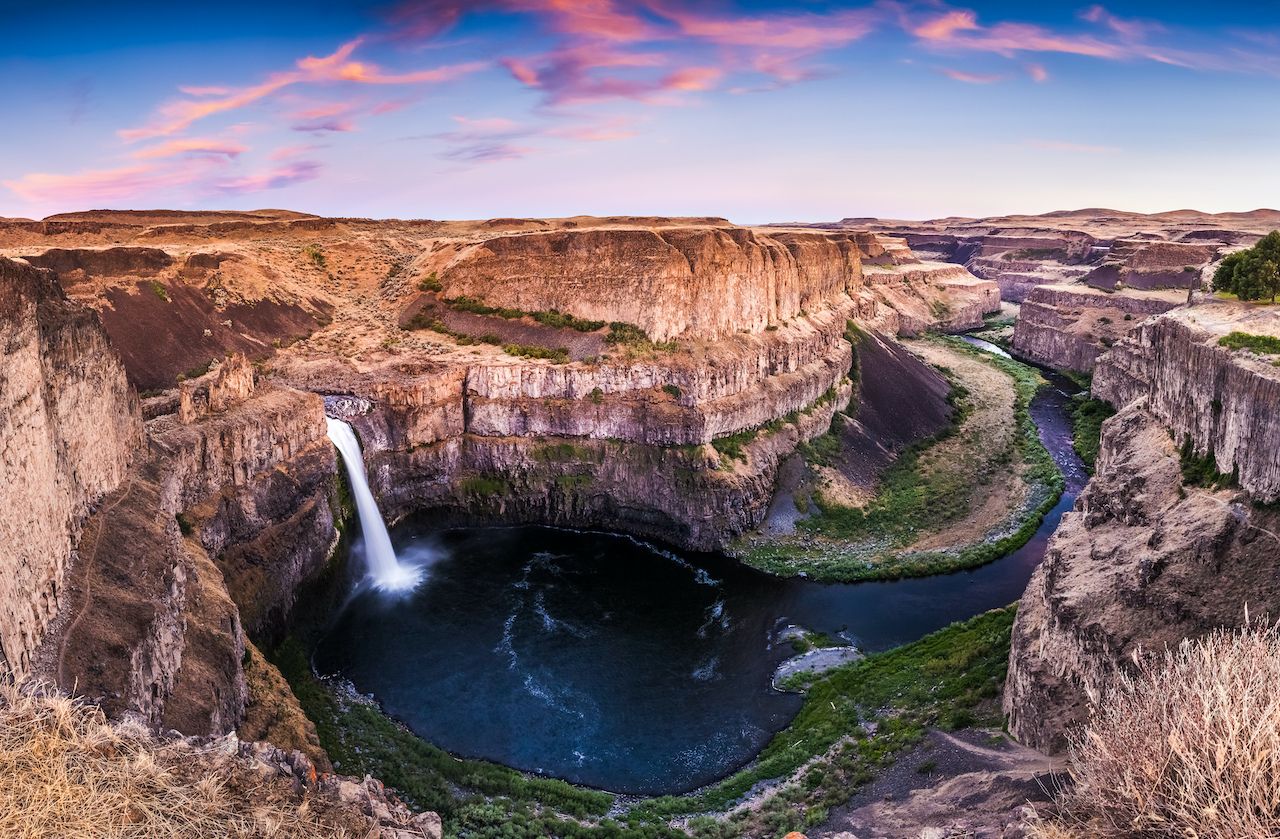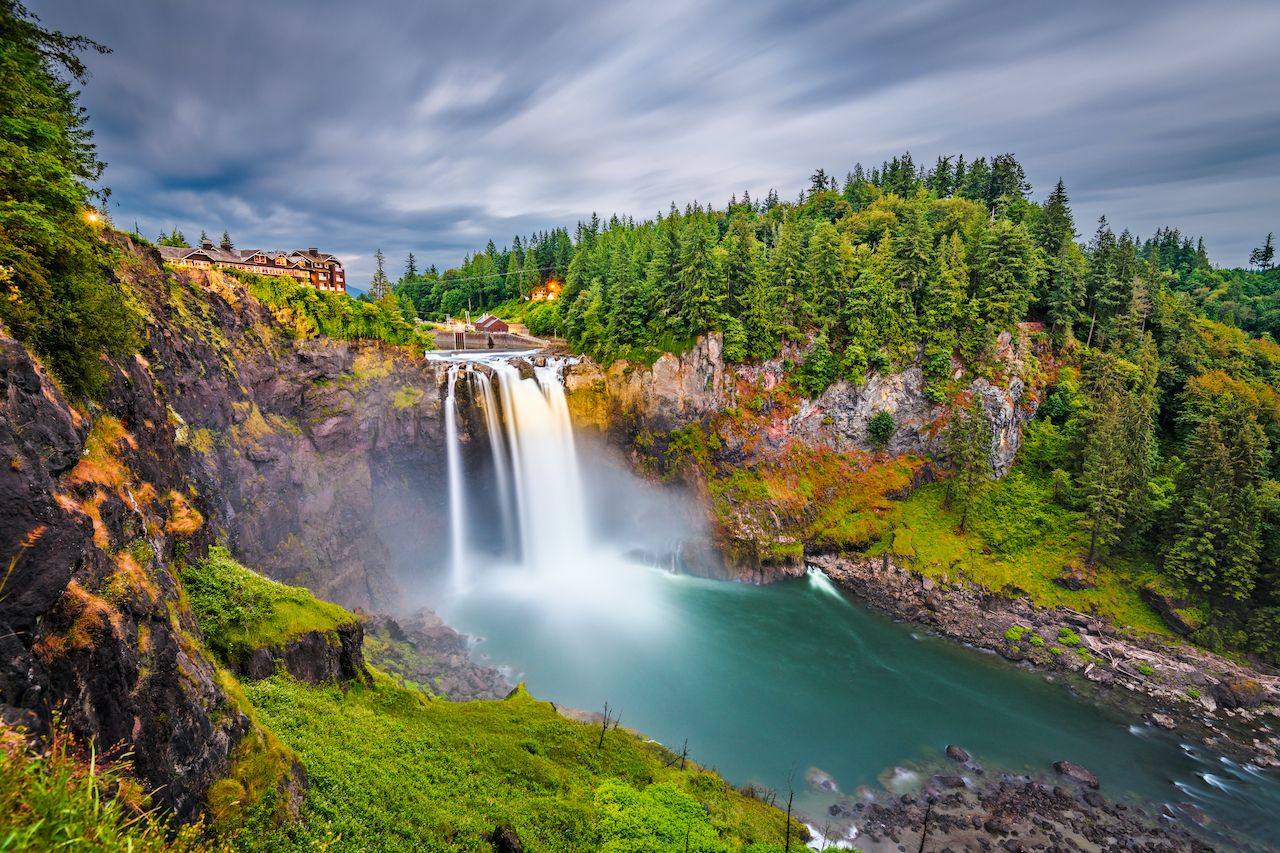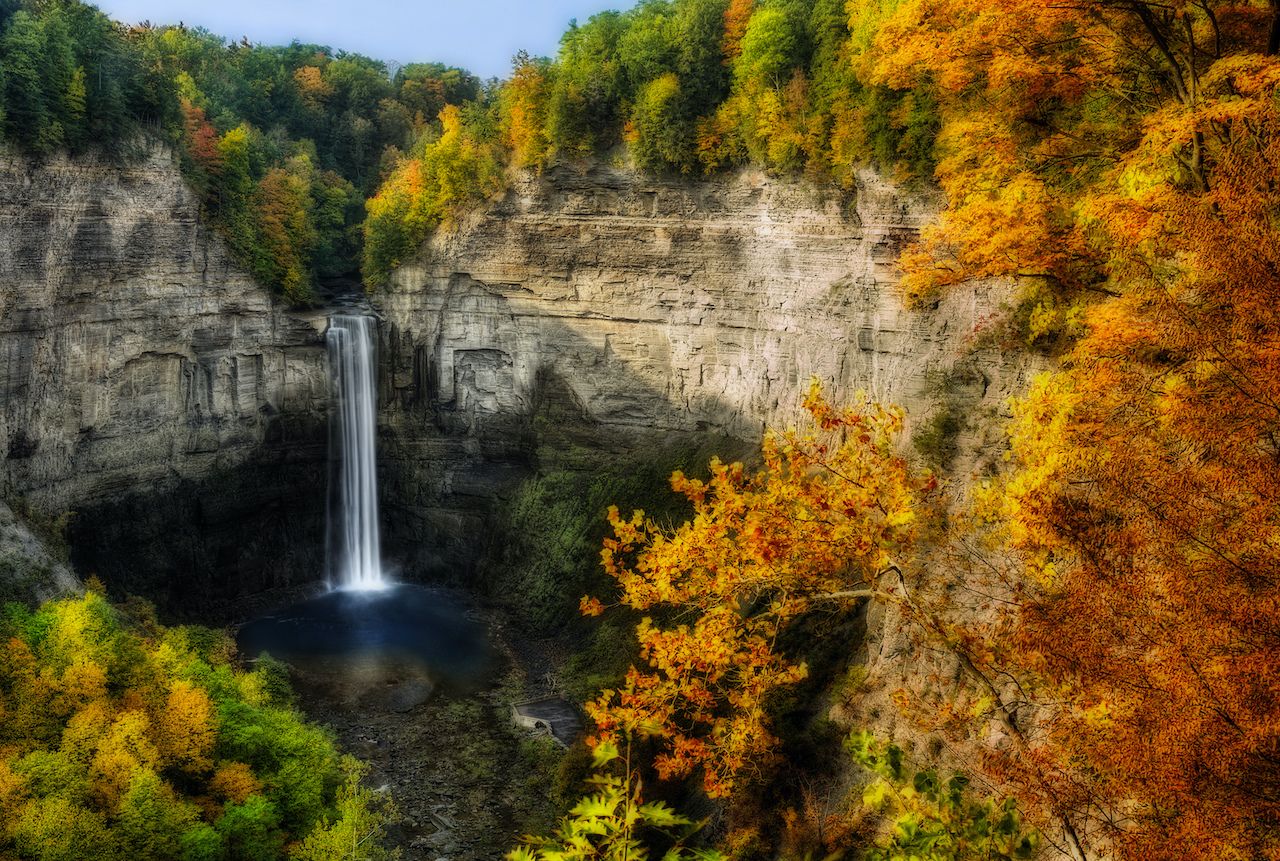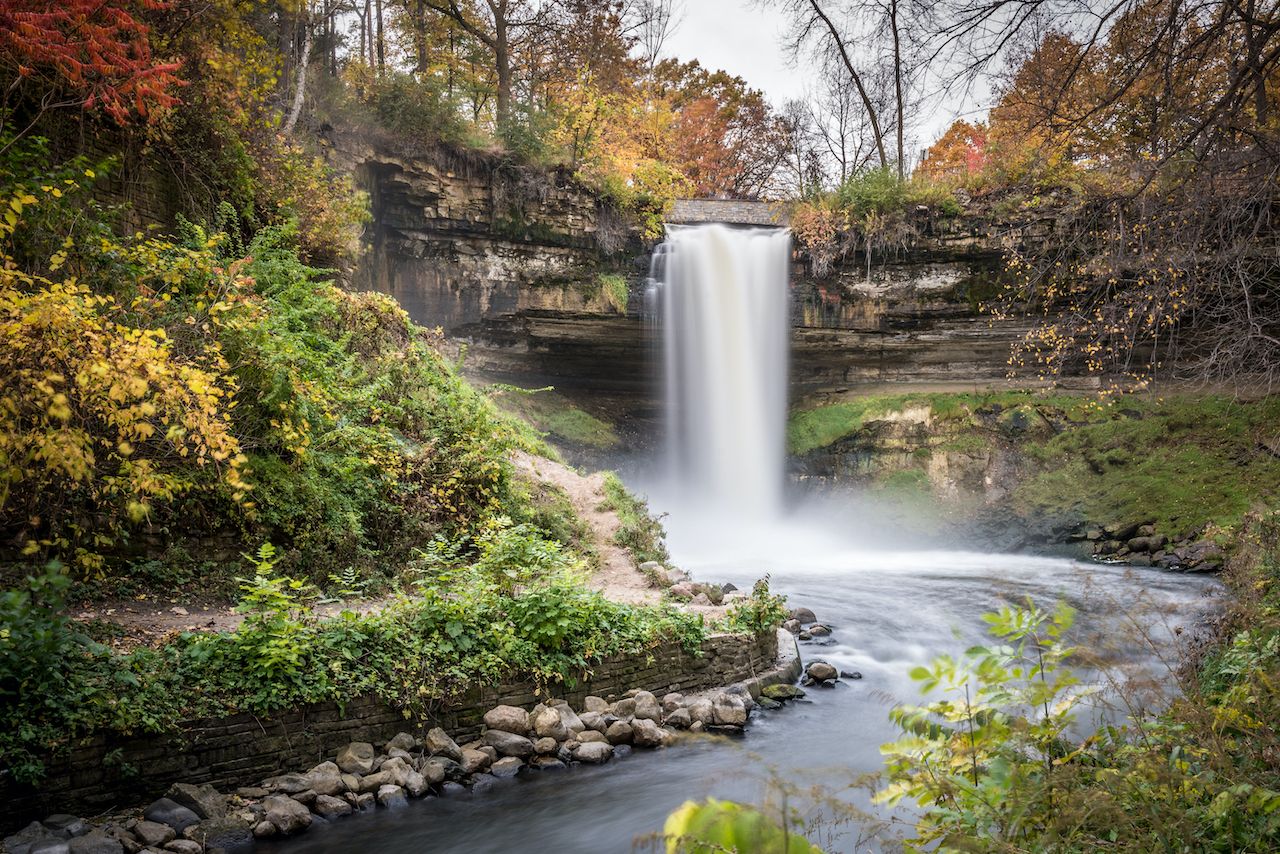Niagara gets a lot of hype, so too does Yosemite, but the US is littered with amazing waterfalls. If there’s only one thing this country knows how to do (and there might be), it’s rack up natural wonders.
You might think you know all the big ones — and you might think the rest are all smushed into the Pacific Northwest — but there are dozens worth knowing about. Some are major state attractions, others a reward for those who bother to make the trek. From Washington to New York, here are the most spectacular US waterfalls to see in the country’s most spectacular season.
